Rail delays relating to weather are now the highest on record, according to Network Rail.
The infrastructure company has produced a graph indicating that the rate of delay has risen sharply since the pandemic, exceeding the level seen in 2018-19. It has increased by 900,000 minutes over ten years.
Rail delays relating to weather are now the highest on record, according to Network Rail.
The infrastructure company has produced a graph indicating that the rate of delay has risen sharply since the pandemic, exceeding the level seen in 2018-19. It has increased by 900,000 minutes over ten years.
Network Rail pointed out that the past decade has had some of the warmest years on record.
“Generally, we are seeing milder winters and warmer summers. However, weather extremities are getting more severe and impactful on the railway,” it said.
Last year there were 14 named storms in the UK.
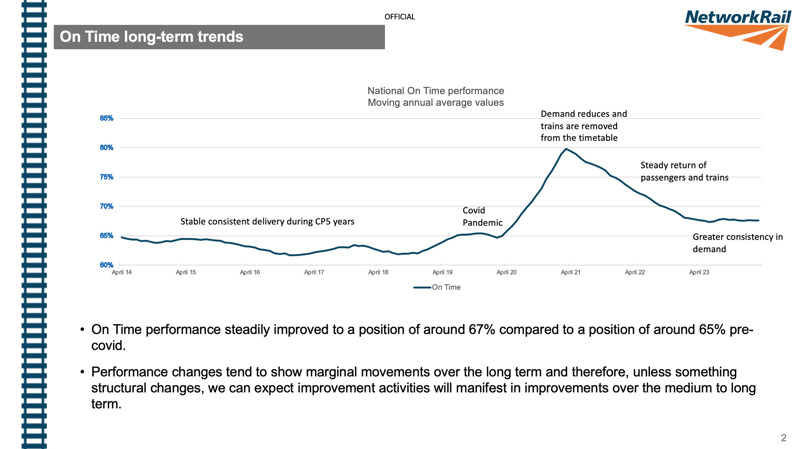
At a briefing for industry journalists, the organisation said that improving train performance was “the biggest, most immediate and important area of focus for Network Rail and the industry as a whole”.
It said that delays due to traincrew issues are at their highest since 2019 and have been on a rising trend since 2016.
In 2016, 2% of services were cancelled. They are currently nearly double that percentage - and would be higher but for the practice known as ‘P-coding’.
This is where trains are removed from the timetable, for any reason, prior to 2200 the previous day. Trains that are ‘P-coded’ are not recorded as being cancelled in the statistics.
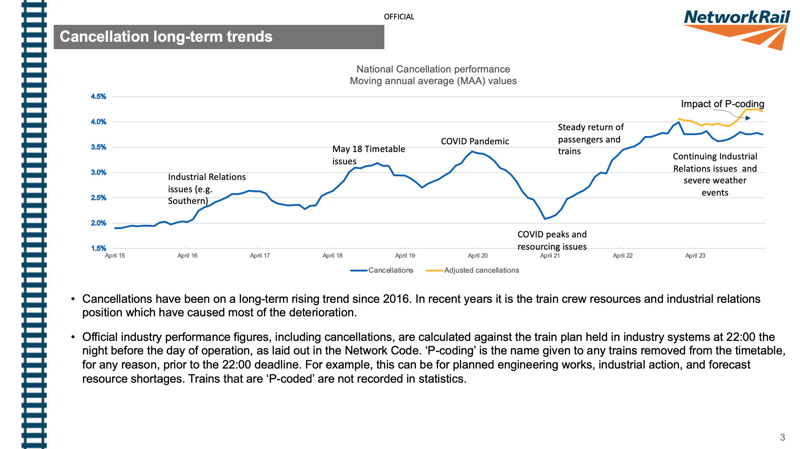
Network Rail said that planned industry reform would give “further opportunity for structural and incentive changes” that would contribute to better performance.
It said the possible resolution of the long-running dispute by train drivers in the ASLEF union would also contribute.
Its data showed that on-time train arrival was consistently at around 65% between 2014 and the start of the pandemic in March 2020.
Performance during the pandemic improved dramatically, with few passengers travelling. As passengers gradually returned to the railway, performance steadily fell during 2021-23 but has since stabilised at around 67%, slightly ahead of the previous long-term trend.
NR stated that it had significantly reduced asset failures which affected service performance over a sustained period, although the rate of improvement had slowed in recent years.
In Control Period 4 (2009-14), infrastructure failures fell by 24%. In the following CP5 (2014-19), they reduced by a further 15%. In CP6 (2019-24), they are projected to fall by 6%.
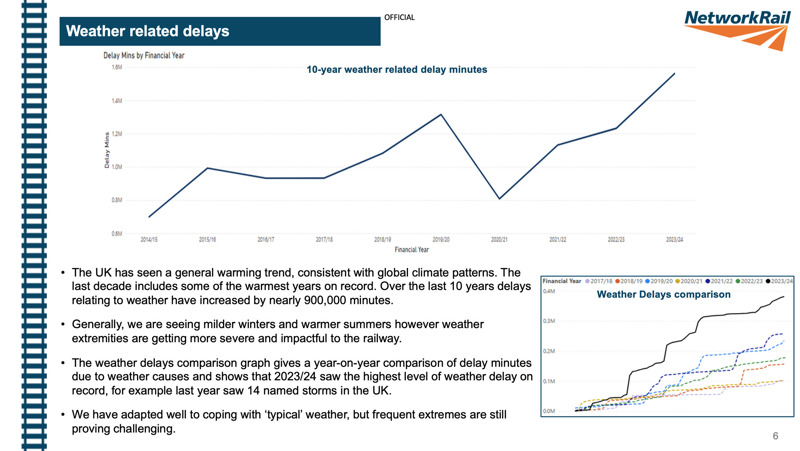
However, Network Rail admitted: “Primary delay caused by asset failures has been rising more recently.”
Incidents include the damaging three-month blockade of the main line between Didcot and Oxford owing to the failure of the Nuneham Viaduct over the River Thames in 2023, several high-profile landslips on its Wessex region, and the well-publicised poor infrastructure performance between Reading and London Paddington.
NR also said that external delays caused by theft, vandalism, trespass and fatalities have been on “a long-term rising trend over a ten-year period” and are affected by what it called “the balancing of incident decisions against the risks to the wider network”.
This is understood to imply an increasing aversion to risk, including in poor weather.
NR has been developing new methods to assess risk in storm or hot conditions, with the aim of keeping trains running for longer. This would apply differently to short sections of route, to reduce blanket speed restrictions.
It hopes that trials of new technology, including drone use beyond the current line-of-sight flying rules, and increased use of CCTV could trim the increase in delay minutes.
Login to continue reading
Or register with RAIL to keep up-to-date with the latest news, insight and opinion.

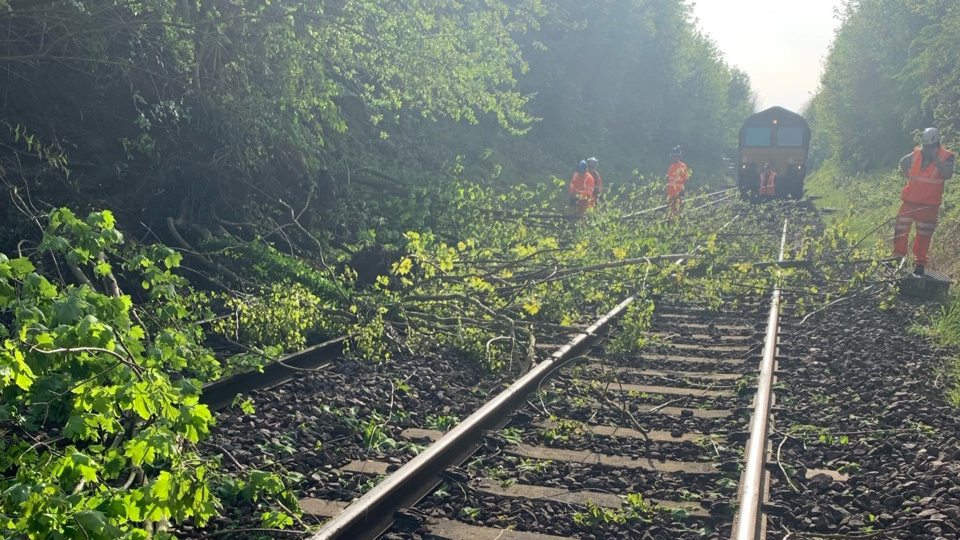

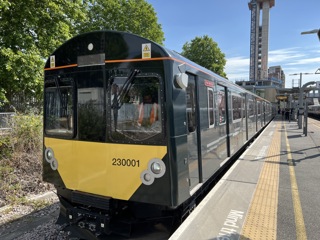
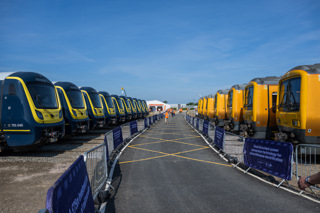
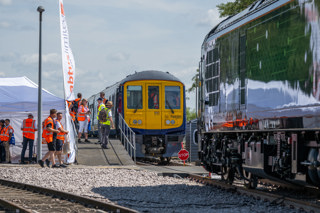
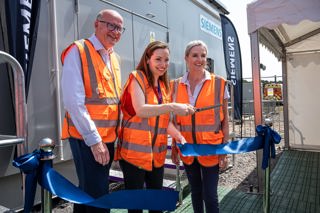












Login to comment
Comments
No comments have been made yet.